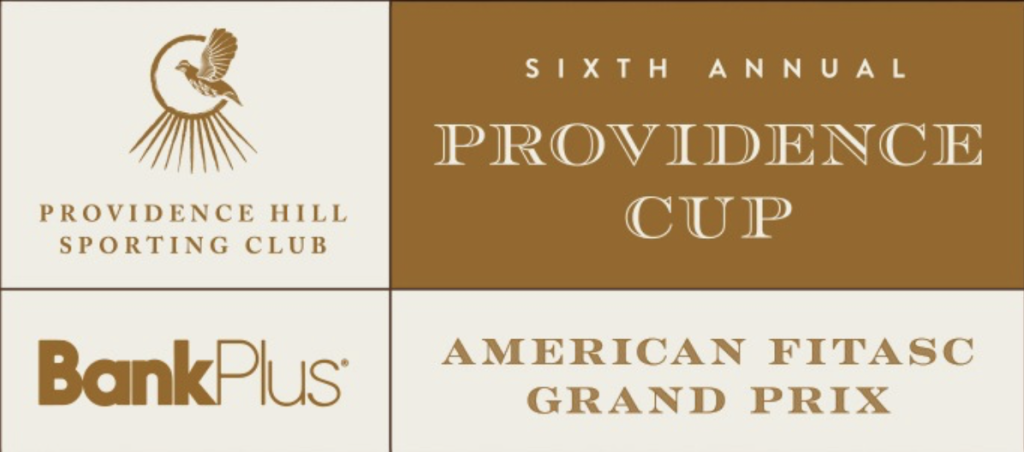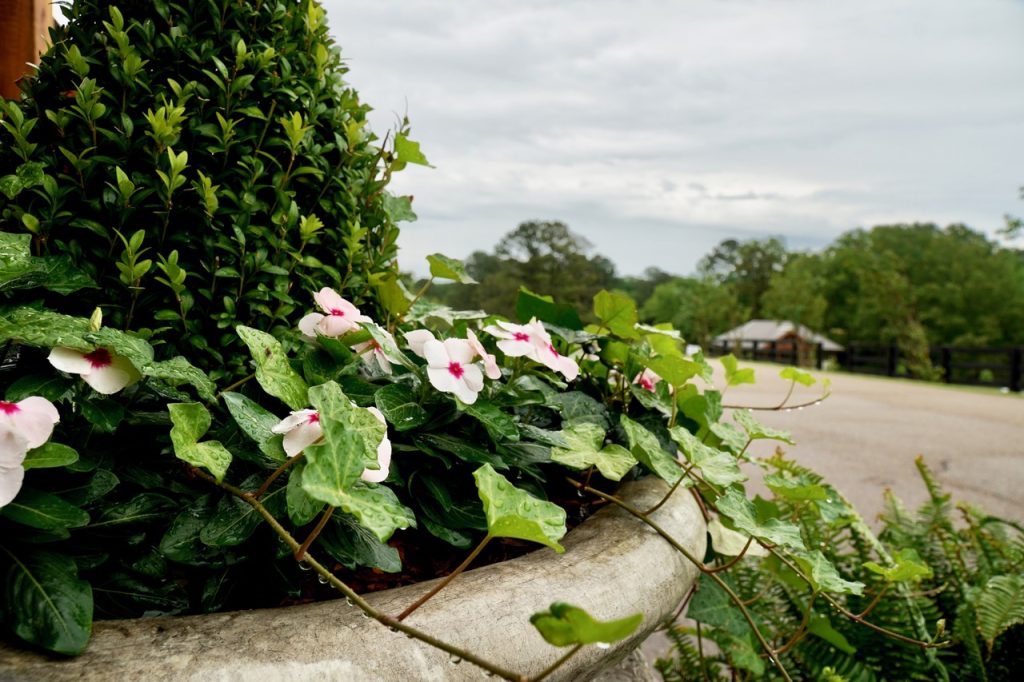
I believe in the immersion theory of learning. Diving right in and trying something. I’ve done it more times than I’d willingly admit in a variety of activities. In a few instances, it was accidental, not intentional.
The accidental immersion happened (again) when I joined a team from Mississippi Tourism to compete in the Pro-Am shoot before the sixth annual Providence Cup and American FITASC Grand Prix at the Providence Hill Sporting Club located between Vicksburg and Jackson, Mississippi.
Having hunted with Mississippi Tourism’s Michael Jones, I’m no stranger to Mississippi hunting, fishing and hospitality. That’s the reason for my acceptance. But I’d never heard of Providence Hill, a 1,200 acre outdoor recreational haven that bills itself as being in the birthplace of Southern hospitality.
I don’t know if hospitality was actually birthed there, but it has certainly been perfected. From its founding as a family retreat, Providence Hill has become a high-end sporting lifestyle resort and private club.



Today, it’s known for its equestrian, shooting and quail hunting chops. Future plans include expansion of facilities that host a variety of corporate and private events with the addition of luxury homes.
The Providence Cup, now in its sixth iteration, has raised the club’s shooting profile. Today it’s an event that two hundred-plus professional clay shooters have shoehorned into their already full competition schedules.
There’s no debate that the facilities are top shelf. Providence Hill hosted the 2020 FITSAC Worlds. On April 28 to May 4, 2025, it will host the National Sporting Clays Association’s 2025 U.S. Open.
The quality of the facilities, unfortunately, don’t do much for my capabilities. They do, however, make it easier to identify mistakes I repeatedly make when shooting a shotgun recreationally. I’d like to say I’m shooting competitively in events, but my results don’t really bear that out.
That’s when your assigned pro in a Pro-Am can be an instructor or a standup comic. They can help you or joke about your style.
Pro Barry Kelly watched as I quickly blasted the first four targets. He told me he was “pleasantly surprised” based on how uncomfortable I looked stepping into the station.

While he was pleasantly surprised, I was totally shocked. The gun was my personal shotgun, but I had never fired it before. Ever. Before heading to Providence Ridge, I checked to ensure unobstructed barrels, then installed chokes and firing pins. I often shoot loaner guns so I figured I’d get some basic familiarization done before the competition started.
I didn’t. Heavy rain didn’t clear the area until after our scheduled starting time, so there was no time for a visit to the practice 5-stand. Like I said, immersion theory.
In golf, the first few holes with new clubs give a false sense of confidence. The clubs are certainly capable of hitting those early (and ephemeral) pure shots. But the instant you forget the basics, your revert to your ingrained bad habits.
“Golf with a shotgun” is no different.
The initial stations went great. Then “great” left the range. Between the third and fourth stations, I went from “see ‘em, break ‘em” to “can’t hit anything.”
Fortunately, professional shooter and coach Barry Kelly’s willingness to help limited the damage. He told me I was moving my gun too-much. Already flustered, that mental image didn’t stick.
That’s when Coach Kelly took over. He had me load a single shell and put my gun in low ready. I was told not to mount the gun until he called “break it.” I got ready and he triggered the target, and said…nothing as the target moved into the center of the range. Then he called “break it!”
And break it I did. Instead of watching, measuring and anticipating, I just mounted the gun and broke the target. Twice. It was no fluke.
He explained the fix like this: “I took the shotgun out of the equation. You didn’t have time to think, you only had time to follow the target with your eyes, mount the gun and shoot.”
Did I mention that many of these professional clay shooters are also excellent instructors?
They are. Kelly also told me that offering basic tips – not instruction – during the Pro-Ams were key to his remaining engaged throughout Pro-Ams.
“Targets in a Pro-Am are really simple for us,” he said. “We see so many targets in competition and in practice that we know how a particular target will behave and how we’ll break it. These are anything but unpredictable targets.”
That, unfortunately, is why the pros need distractions (A.K.A. the amateurs in Pro-Ams). Watching and helping us with the basics keeps them engaged in what would otherwise be downright boring.
How did he shoot? Like a professional. He was completely relaxed…until he stepped onto the shooting line. There, he was totally focused. He breathing slowed, movements became deliberate and he called for the target in a dead flat voice. He never rushed. He broke the targets, opened his gun, relaxed, and said “Just. Like. That.”
Every shot. Every station. Every time. Without fail.
That’s the big difference between professionals and rank amateurs. Pros don’t just have the shooting skills, they have their mental game to the point they can drop into and out of that mysterious zone with little to no effort.
Barry helped me stop overthinking with a solid teaching tip. He also reinforced one of the mental aspects of shooting that I often forget. Thinking can get in the way of shooting.
I have a lot of fun at Pro-Ams. This one was no exception, but I learned something, too. That made an already good trip great.
Next week, I’ll be in Louisiana for an industry event with plenty of opportunities to put Barry’s tip to the test. I can hardly wait.

